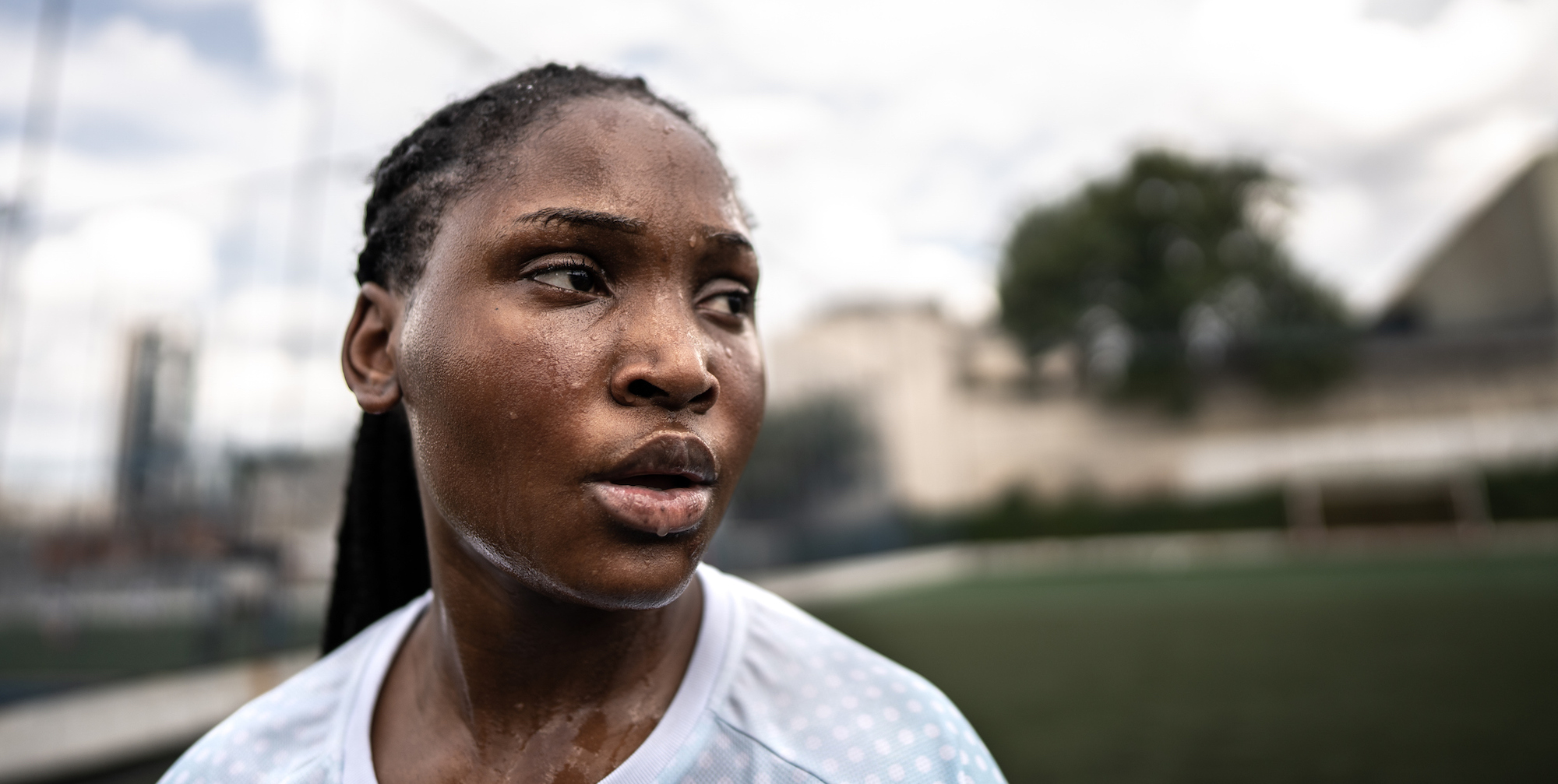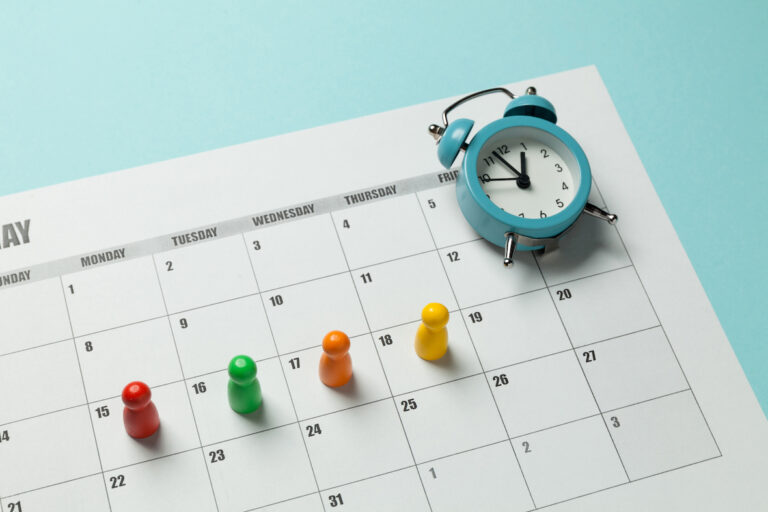
The impact of YouTube on mental health
YouTube wields significant influence on mental health. It’s a double-edged sword, fostering both positive and negative effects. Parasocial relationships with content creators can deepen loneliness, especially among the vulnerable. YouTube can also educate, connect, and support mental well-being through informative content and communities as suicide prevention researcher Dr Luke Balcombe explains.





